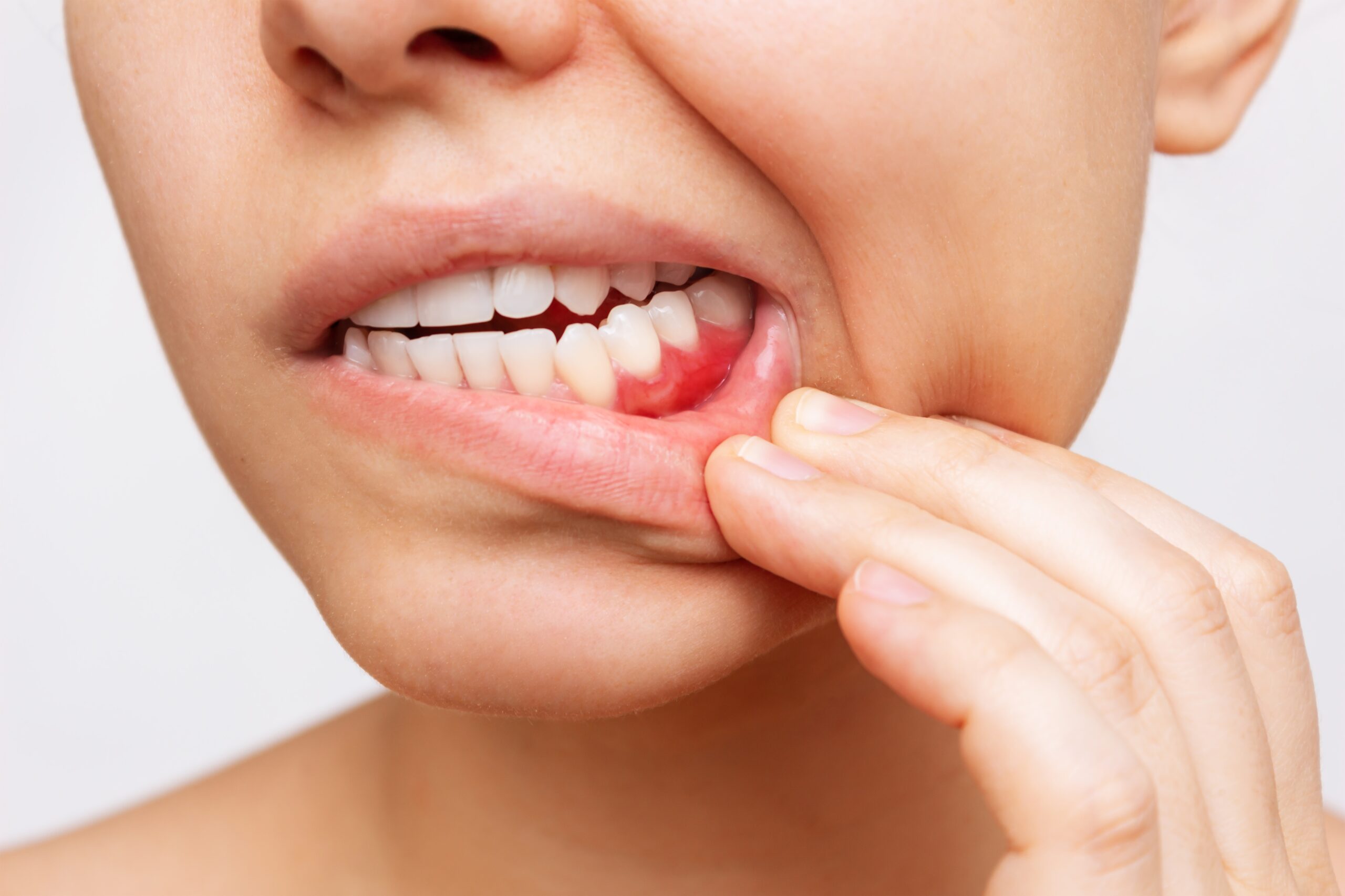Straight teeth do more than make your smile look great. They can improve how you eat, speak, and care for your mouth. That’s the benefit of orthodontic treatment. Today, there are options for every age and every smile.
Whether you’re a teen just getting started or an adult thinking it’s too late, here’s the good news: you’re never too old to improve your smile. There’s more to orthodontics than aesthetics. Properly aligned teeth are easier to clean and help prevent cavities and gum disease. They also support better chewing, clearer speech, and long-term oral health.
This guide will explore how orthodontics works, who it’s for, and what options are available.
How Orthodontics Works
Orthodontic treatment is a customized plan with a specialist that works with your individual needs, to achieve optimal results for your oral health. Working with your body using light, consistent pressure, braces or aligners guide your teeth into better positions. Over time, your jawbone naturally adapts to support new placements.
Your teeth aren’t fixed in place. They’re held by a flexible ligament that responds to movement. By gently applying pressure with orthodontics, we encourage the teeth to shift gradually and safely.
What Orthodontics Can Fix
Orthodontics can help with many common bite and alignment issues:
- Underbite or overbite: When the top and bottom teeth don’t meet evenly
- Crossbite: When some top teeth sit inside the bottom ones
- Open bite: Where there’s a gap between the top and bottom front teeth
- Crowding or spacing: When teeth are too close together or too far apart
- TMJ or Clenching: Correcting misalignment can reduce the stress on TMJ and decrease teeth grinding.
These problems often start showing up around age 7, but they can be treated at any age.
Orthodontics for Kids and Adults
Children and Teens
A child’s jaw is still growing, so orthodontic treatment can guide development. Tools like palatal expanders can widen the upper jaw, making room for crowded teeth and reducing the need for future extractions.
Adults
About 1 in 5 orthodontic patients today are adults. With advancements in dental technology, there are many discreet options available to adults that can reduce the appearance of tooth correction:
- Clear aligners
- Tooth-colored ceramic braces
- Invisible lingual braces
Your Appliance Options
When it comes to orthodontics, one size does not fit all. Here are a few types of appliances you might consider:
- Metal Braces: The most common option. Small metal brackets are bonded to the front of your teeth with a wire threaded through to apply gentle pressure.
- Clear or Tooth-Colored Braces: These use ceramic or plastic brackets that blend in with your teeth, making them less noticeable.
- Lingual Braces: Attached to the back of your teeth, these are hidden from view while still offering the power of traditional braces.
- Clear Aligners: A removable and nearly invisible option. Custom trays are worn for most of the day and swapped out every few weeks to guide your teeth into place.
Your dentist or orthodontist will help determine which solution fits your lifestyle, budget, and treatment needs best.
After Treatment: The Retainer Phase
Once your teeth are in their ideal position, it’s time to protect that progress. Retainers are essential to keep your teeth from drifting back to where they started and should be worn consistently as a long term commitment.
Wearing your retainer as directed helps your mouth “lock in” the results by giving time for new bone and tissue to stabilize around your teeth. Think of it as the final step in making your smile last a lifetime.
Find the Right Solution for You
If you’re looking into braces, aligners, or other solutions, schedule a live video call with a Dentistry.One dentist and get all of your questions answered.




